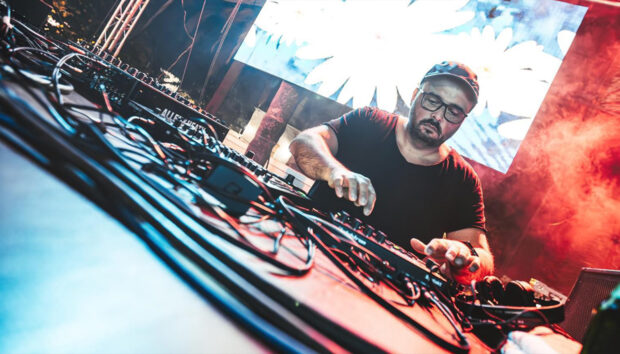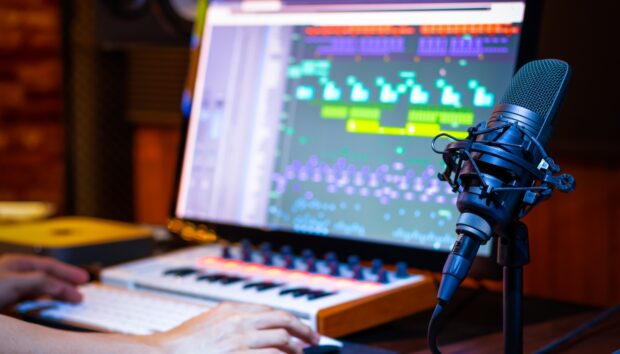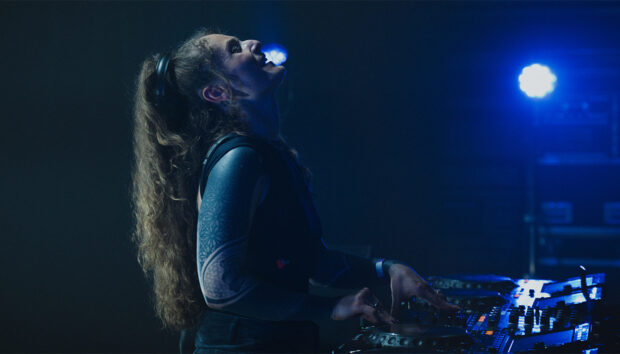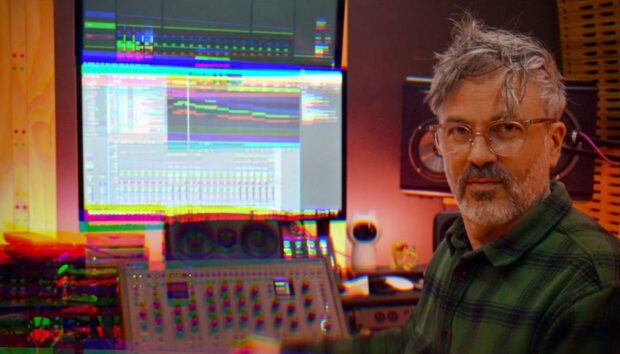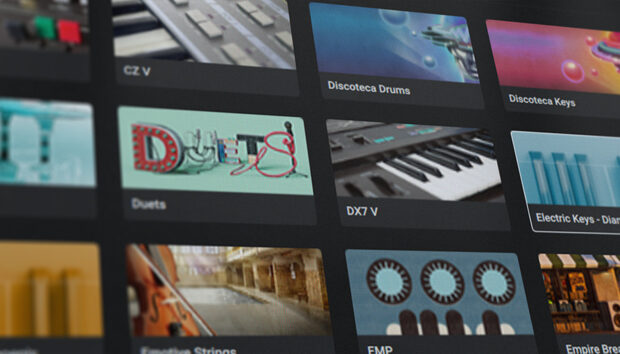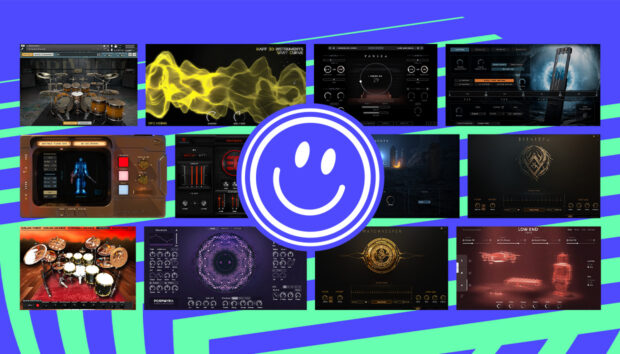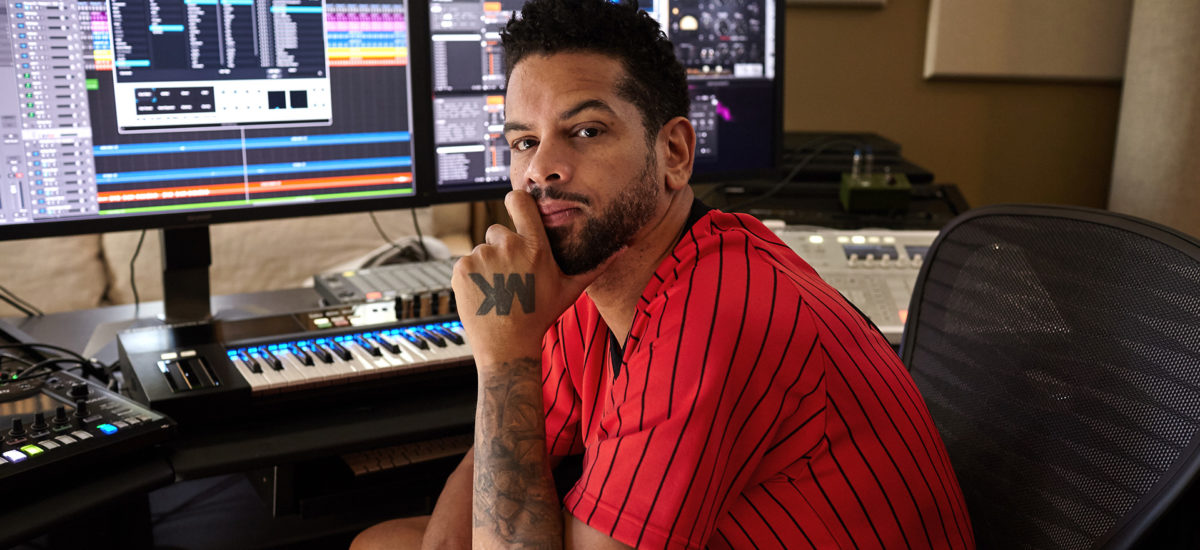
Detroit-born Marc ‘MK’ Kinchen released his first techno record aged 16 and within a few years found himself being nurtured by The Belleville Three – techno legends Juan Atkins, Derrick May and Kevin Saunderson. The million-selling success of his iconic Nightcrawlers remix “Push the Feeling” catapulted him to fame as in-demand remixer and producer, eventually working alongside industry giants including Will Smith, Quincy Jones and Pitbull.
With a 500-strong discography of self-penned releases, remixes and production credits, the Los Angeles-based MK has evolved to become a highly respected and much sought after producer and DJ. Alongside his limitless enthusiasm for technology, MK has an instinctive mastery of what works within dance music and electronic pop domains.
Known for his signature house sound, based on stylized piano-laden melodies and chopped-up vocals, Native Instruments MASCHINE has become a staple production tool in MK’s ever-expanding toolbox.
Gear addiction
It’s weird because I’m on the road a lot but every time something new comes out I have to take a look at it, and if I like it I’ll usually try and buy it. I’m always looking online for new equipment, and there’s a guy at Sweetwater in the States who calls me whenever something new comes in. He recently told me that he had a Minimoog and if I pre-ordered it online I’d be the first to get it. I didn’t even know which model it was, but I was like “yep, sign me up”.
Hardware vs. software
I can afford a lot of hardware, so recently I’ve been buying outboard gear. At first, I thought the plugins were great because they don’t use up space in the studio, then I started thinking the hardware sounds better. Even if I have the plugin, I’ll usually go out and buy the hardware version. But it’s strange, because I have a Neve compressor and the plugin doesn’t even compare to it, yet when I got the Korg M1 plugin and A/B tested it against the rackmount, the plugin sounded better. I didn’t expect that.
MASCHINE saved the day
Back in the day, the Akai S1000 was my sampler; then I had the Kurzweil K2500 and after that an Akai MPC2500. For a few years, I was doing pop music rather than dance music and didn’t really have a need for a sampler, but once I started getting into house music again I needed a sampler to chop up the vocals. So I started using MASCHINE, which kind of saved the day, and I also like the option of being able to do a full song with it if I need to.
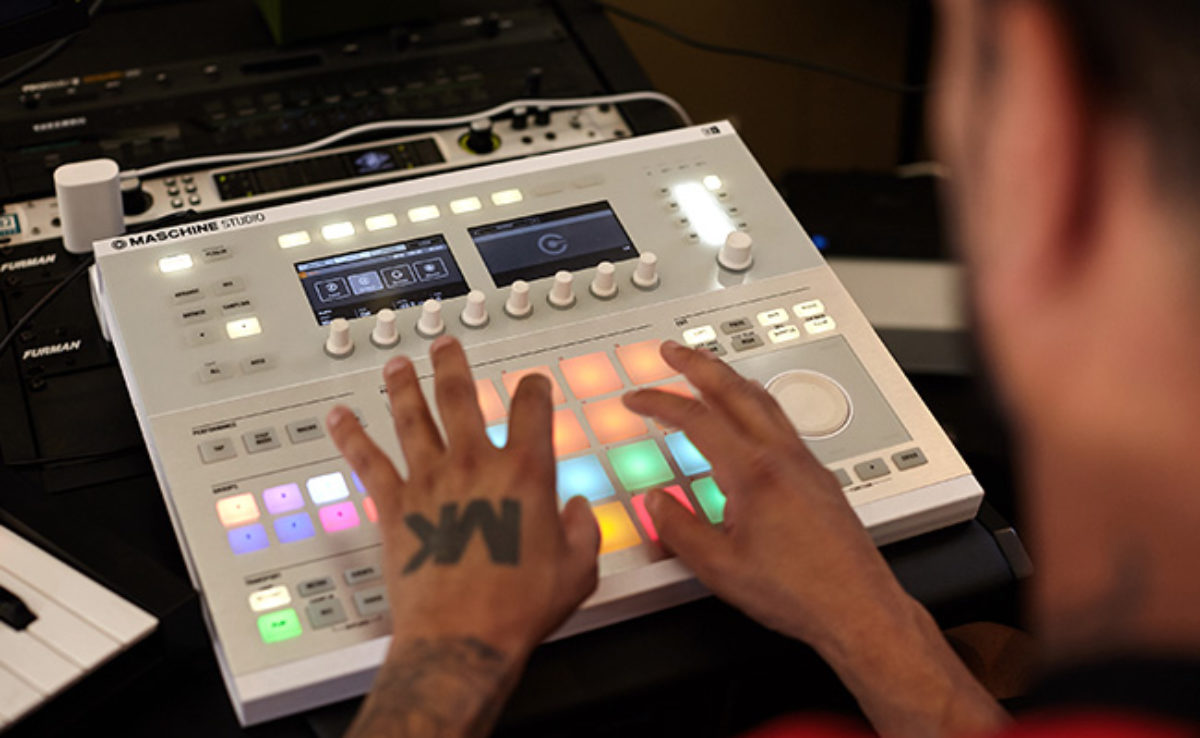
I love the fact that MASCHINE is an all-in-one unit and I can use it as a synth module, drum machine, sampler or a sequencer. Because my laptop mirrors my computer at home, I can get away with just running MASCHINE in Logic and make a track without using any other keyboards or outboard gear. The software plugin is almost a copy of MASCHINE, so I’ll draw in the notes or drum patterns or program them using physical pads and change the parameters with the mouse.
Making drum loops
I’ll go through my list of kick drums inside MASCHINE and layer the kicks and the drum parts, but what I really like about MASCHINE is that you can swing each track differently. For example, on a Roland 909 drum machine, if you make a drum pattern there’s a swing function, but it swings the entire percentage of the kick. With MASCHINE, you can swing each instrument individually and create some really cool stuff. You can have a hi-hat swinging really hard and something else not swinging at all, which gives everything a much more realistic feel.
Even though I have outboard drum machines like the 909, I still like to start everything in MASCHINE. Sometimes I’ll make stems from MASCHINE and replace the sounds later with a real 909, but generally if I have a kick drum playing in MASCHINE, what I’ll do is take that drum loop, create an audio file and put it in Logic. Then once I have all those beats in Logic, I can work on the track.
Vocal sampling
I used to sample from vinyl back in the day, but the sounds were so limited compared to now. I had a Juno-106, a drum machine and maybe one other keyboard and was running all that live, but there was no way to take a stem from it so I would just sample everything from vinyl, tweak it, change the parameters and make a weird sound.
Now I’ll usually only sample vocals, and try to create something interesting with them on MASCHINE. If I’m working on a remix, I’ll use the vocals from the original, but I [also] have acapella vocals lying all over the place and usually don’t even know where they came from. So I’ll import the vocals right away, and it’s easy with MASCHINE, because you can just drag and drop the whole acapella into one track and then duplicate it. I’ll make about ten duplications, then mess around and make some cool patterns out of those vocal pieces.
Learn production using MASCHINE demos
Almost every time Native Instruments comes out with a sample pack or library, I’ll buy it. I have every kit that they make. A cool feature of the kits is that they have different producers who make them and demo songs inside. Even when I’m working on one of my own songs, I’ll sometimes load up a demo, so I’ll have a song open in Logic from MASCHINE and I’ll open their demo song and play both in time.
What I’ve found is that if you strip the demo song down to nothing and bring every sound back in one at a time, you can find really cool sounds and also see how other producers create a track in a way you might not have thought of. A lot of times, the demo will be in the wrong key, so I’ll erase the song but the presets are still set up, so if I take a demo piano that has a cool effect on it, I’ll replace it with something from my song and use that effect on it.
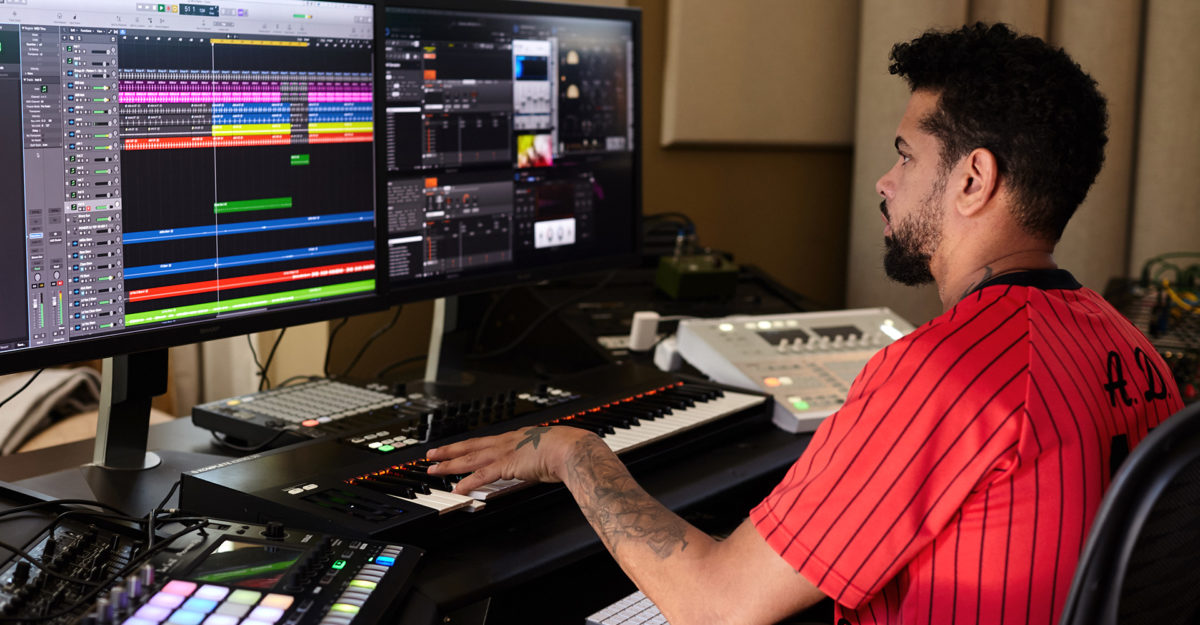
That’s basically how I learned to make music when I was 17. Back then I was into a lot of Depeche Mode, so I would literally dissect their songs and learn how to replay them. I remember learning tracks like “Get The Balance Right”, “People Are People”, and “Black Celebration”. Eventually I figured out that some of the sounds were really hard to make, but it taught me how to build my own sounds. It’s funny because when I hear those same Depeche Mode songs now, I can hear absolutely everything in the track. The average person probably thinks they can hear everything in a song, but it’s different when you’ve analysed something over and over and over again.
I actually did the same thing with Prince, and that taught me a lot more because he used so many live instruments. I bought a lot of the Prince songbooks with sheet music in, learned the songs and played them back. His songs always had something in the track that stood out. “1999” stood out because of those big chords; with “When Doves Cry” it was the piano. But his music was never really overproduced; you don’t need 20 instruments to make a good song or even a hit.
KONTAKT
I use a lot. Again, I think I have every single plugin that they make. Their pianos are really good, especially Alicia’s Keys piano. Their live acoustic drums are great, and their guitar, bass and especially string section is insane – there may be six samples making up one string sound. When I have a real musician come in and play a string library from KONTAKT, it sounds like a real orchestra. I think they’ve nailed it because, even for film scoring, the horn library is really, really good. I think it’s because the capacity is there now; those types of libraries used to take up so much memory and hard drive space, but it’s more manageable now.
MK – 17 is out now.









